Your Patient Safety Survival Guide
Your Patient Safety Survival Guide
How to Protect Yourself and Others from Medical Errors
Gretchen LeFever Watson
ROWMAN & LITTLEFIELD
Lanham Boulder New York London
Published by Rowman & Littlefield
A wholly owned subsidiary of The Rowman & Littlefield Publishing Group, Inc.
4501 Forbes Boulevard, Suite 200, Lanham, Maryland 20706
www.rowman.com
Unit A, Whitacre Mews, 26-34 Stannary Street, London SE11 4AB
Copyright 2017 by Gretchen LeFever Watson
All rights reserved . No part of this book may be reproduced in any form or by any electronic or mechanical means, including information storage and retrieval systems, without written permission from the publisher, except by a reviewer who may quote passages in a review.
British Library Cataloguing in Publication Information Available
Library of Congress Cataloging-in-Publication Data
Names: Watson, Gretchen LeFever, 1960 author.
Title: Patient safety survival guide : how to protect yourself and others from medical errors / Gretchen LeFever Watson.
Description: Lanham : Rowman & Littlefield, [2017] | Includes bibliographical references and index.
Identifiers: LCCN 2017001510 (print) | LCCN 2017003020 (ebook) | ISBN 9781538102091 (cloth : alk. paper) | ISBN 9781538102107 (electronic)
Subjects: | MESH: Patient Safety | Medical Errorsprevention & control | Cross Infectionprevention & control
Classification: LCC R729.8 (print) | LCC R729.8 (ebook) | NLM WX 185 | DDC 610.28/9dc23
LC record available at https://lccn.loc.gov/2017001510
 The paper used in this publication meets the minimum requirements of American National Standard for Information SciencesPermanence of Paper for Printed Library Materials, ANSI/NISO Z39.48-1992.
The paper used in this publication meets the minimum requirements of American National Standard for Information SciencesPermanence of Paper for Printed Library Materials, ANSI/NISO Z39.48-1992.
Printed in the United States of America
For Paris Ann
In memory of Dory, Gretchen Osgood, and Bud
Because of Don
Foreword
About a year ago, I ran into my friend Doug as he headed to visit his mother in the hospital. She was recovering from orthopedic surgery at a world-renowned academic medical center. Doug said Mom would be back on her feet in no time.
Sadly, I could not encourage his confidence. My organization, The Leapfrog Group, issues letter grades rating hospitals on how safe they are for patients, an A, B, C, D, or F on how well they protect patients from errors, injuries, and infections. We tell the truth, even when the truth is uncomfortable.
So I had to be honest with Doug. Despite its storied reputation, his mothers hospital was far worse than average on preventable infections, surgical errors, and never events. We gave the hospital a C for safety, up from a D a year ago. Families should worry when loved ones are admitted to this hospital.
Doug had a number of good questions. Why would an otherwise stellar hospital allow problems with preventable infections and mistakes? Is there something amiss with the surgeons, the nurses, somebody else? And most importantly, how could his family protect Mom?
I launched into my two-minute elevator speech on patient safety. No, its not the individual physicians or nurses at fault, its the culture of the hospital that determines whether patients are safe or not. And even reputable hospitals can have a culture that doesnt truly put patients first. This is why as many as one thousand patients a day die from preventable errors in the United States. And families can literally save patient lives; they should monitor all the medications and watch that caregivers follow the rules, like washing their hands before entering the patients room. Communities need to hold hospitals accountable.
Doug is one among many people with concerns and questions, and the elevator speech only goes so far. So I was delighted to see my colleague Gretchen LeFever Watson writing this book as a resource for all of us to share. This is an accessible and definitive overview of the key issues in hospital safety, including what families, hospitals, clinicians, and communities can do to protect patientsand help solve this devastating problem.
Gretchen brings an unusual breadth of knowledge and compassion to the subject, having fought for safety from many perspectives. She endured every mothers worst nightmare, an error that nearly killed her four-year-old. Shes served in senior roles in health systems, as a community leader in a coalition addressing safety, and as an educator teaching safety to clinicians-to-be, helping the next generation understand how patient experience is shaped not only by their involvement as individual caregivers but also by the culture of the larger health system and community they are a part of.
There is a great deal of important information in this book, useful for caregivers, leaders, patients, and advocates alike. But fundamentally Gretchen is an optimist with the soul of a healer, so the book is more inspiration than criticism. And more than anything else, improving safety requires such inspiration. Safety is about putting the patient first every minute of every day, washing hands every time, carefully honoring rules for inserting needles or administering medications, even when you are in a hurry or tired or in a bad mood. The patient is always first priority. It takes inspiration to never for even one minute forget why that matters and whats at stake.
Some hospitals with deep endowments and soaring reputations can fail to make the grade on safety. Conversely, some hospitals with mundane reputations, serving marginalized communities, achieve some of our highest ratings for safety. What makes the difference is not money or fame but the humble art of putting the patient first.
The good news about Dougs mom: over the past year her hospital finally embraced that humble art, and just last month Leapfrog upgraded their Hospital Safety Grade to an A. The bad news for Dougs mom: this happened too late for her. She suffered surgical errors and painful infections, causing debilitation for her and the family over many hard months.
Someday all hospitals will earn an A, and our families will not have to endure unnecessary suffering like Dougs family did. This book will guide us there, and inspire us to persevere.
Leah Binder, President & CEO
The Leapfrog Group
November 29, 2016
Acknowledgments
The message of this book represents a culmination of a long series of professional and personal experiences, beginning with a year abroad as a US Junior Ambassador of Goodwill through the Rotary Exchange Program. As a seventeen-year-old with no prior exposure to German, I learned to speak the language proficiently and see the world differentlyever after appreciating that languaging affects perceptions and behavior.
In terms of early influences for this book, Id like to thank Professor Fredric Sugarman for raising the bar on my career aspirations and encouraging me years ago to apply to Boston University (BU), where I learned to think critically and recognized that great scholars are willing to mentor ordinary students and citizens who strive to bring their lofty ideas into meaningful practice, as the late professors Philip Kubzansky and Sigmund Koch did for me. BU is also where my friend Jonathan Knee introduced me to ideas of the likes of Alasdair MacIntyre (then visiting professor at BU), whose philosophical writings from decades ago still inform the field of patient safety and medical malpractice. And BU is where Professor Emeritus Frances Grossman and her graduate studentsespecially Suad Noah and William Pollockbrought research and the field of clinical psychology to life for me.
My graduate school selection was based purely on the amount of financial support offered, but it turned out that attending the University of Illinois at Chicago (UIC) was a great choice. The program honored the Boulder scientistpractitioner model of clinical psychology, and my dissertation advisor, Brian Vaughn, encouraged his students to pursue high-quality projects that could be completed in a feasible amount of timegetting us out of the program faster than its then eight-year average. Because my UIC funding required that I simultaneously pursue clinical psychology (study of abnormal development) with developmental psychology (study of normal development), the program molded me as an academic boundary spannersomething that has always served my career well. My postdoctoral training at Georgetown University Medical Center reinforced the value of the Boulder Model and cross-disciplinary investigations.
Next page
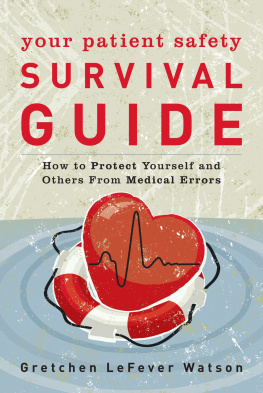
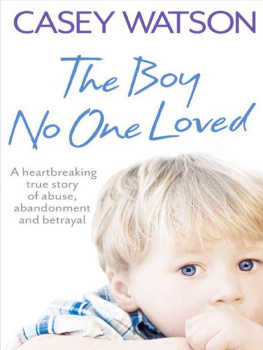
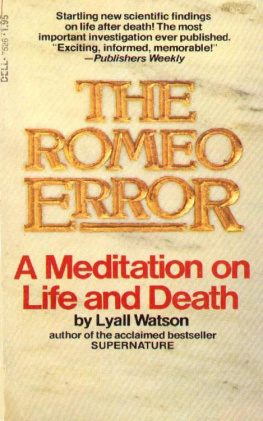

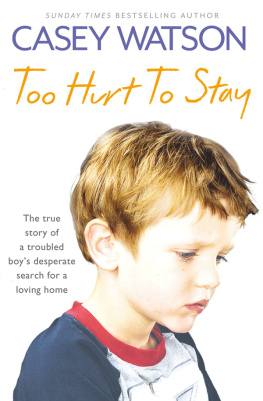
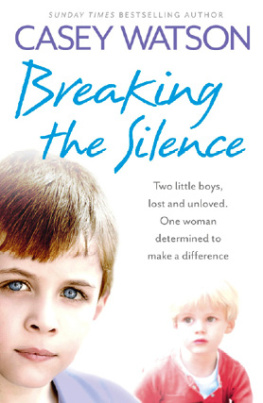

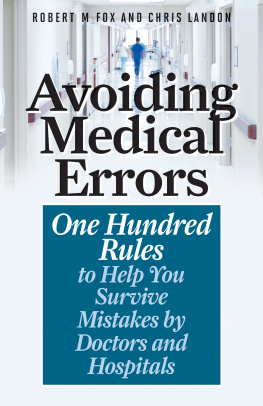
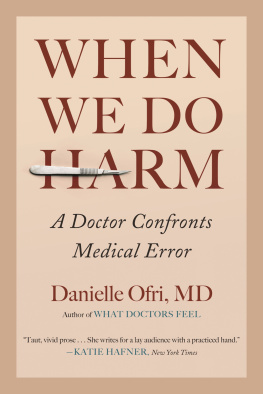
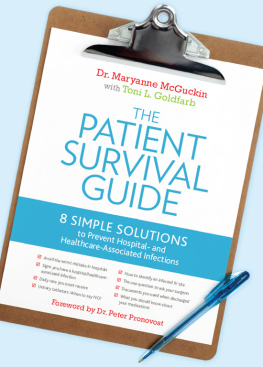
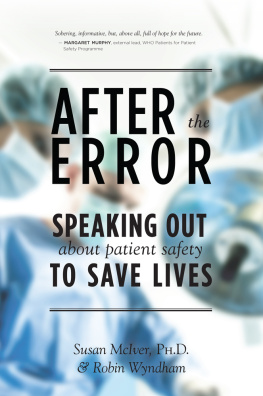
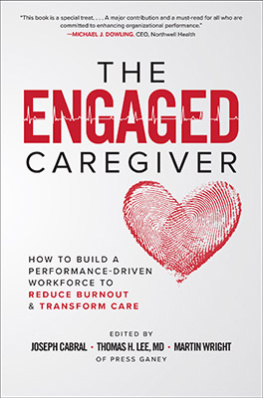
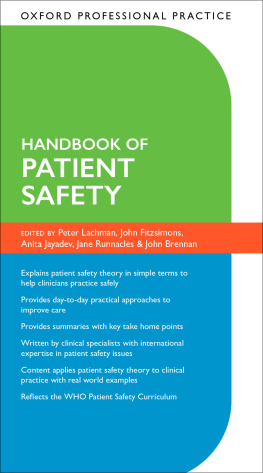
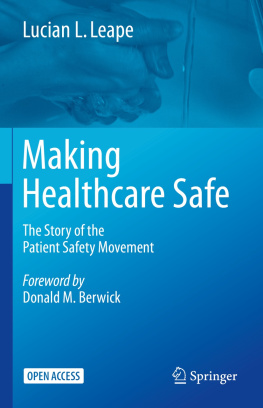
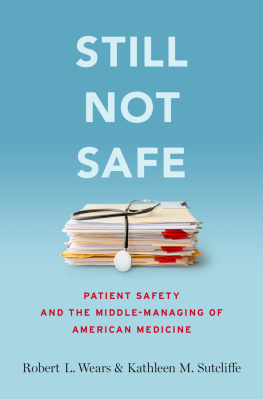


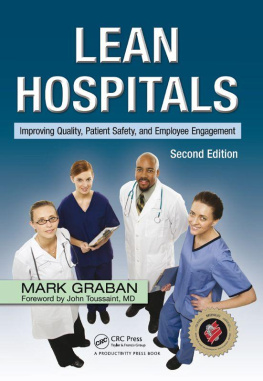
 The paper used in this publication meets the minimum requirements of American National Standard for Information SciencesPermanence of Paper for Printed Library Materials, ANSI/NISO Z39.48-1992.
The paper used in this publication meets the minimum requirements of American National Standard for Information SciencesPermanence of Paper for Printed Library Materials, ANSI/NISO Z39.48-1992.